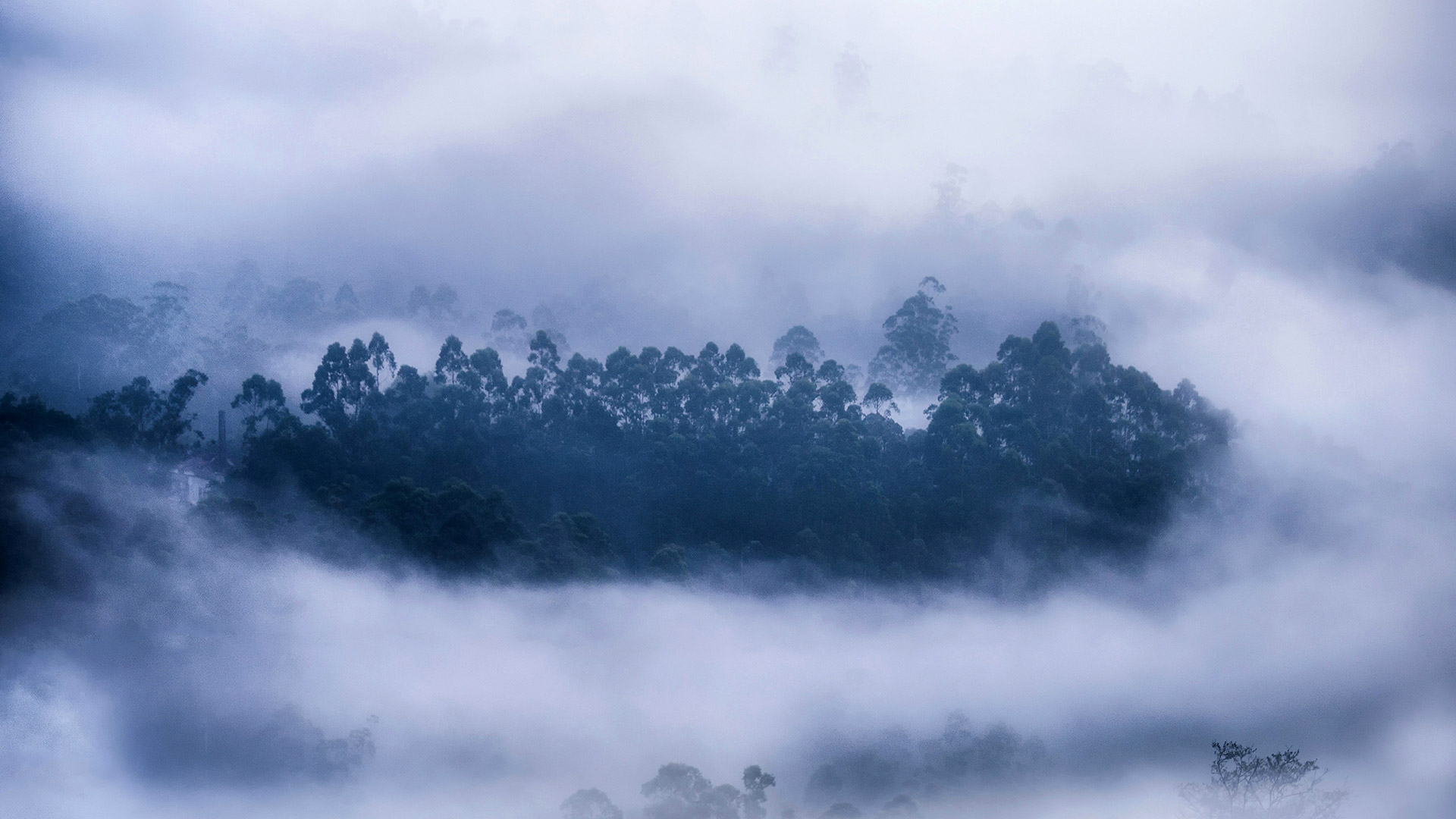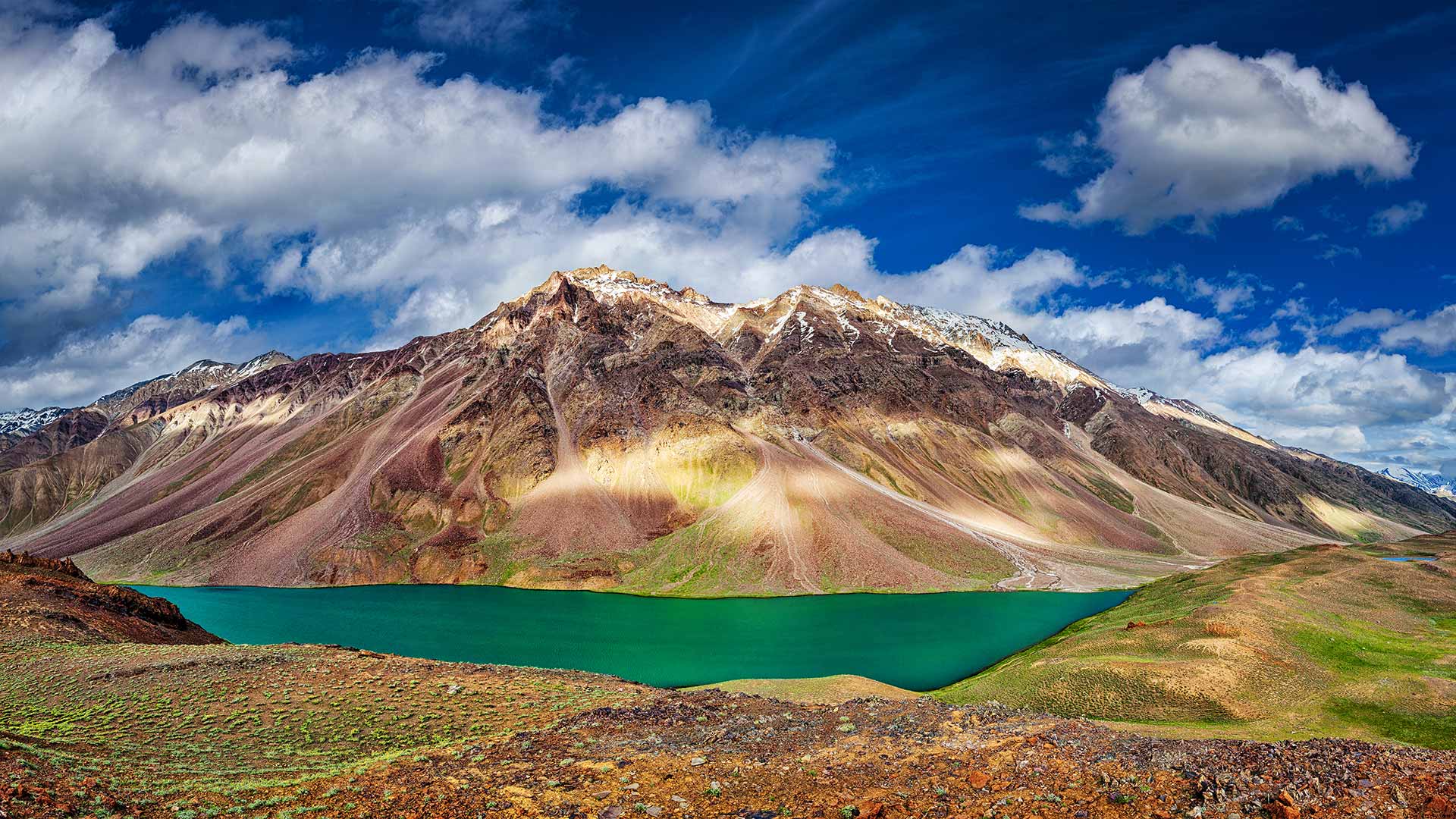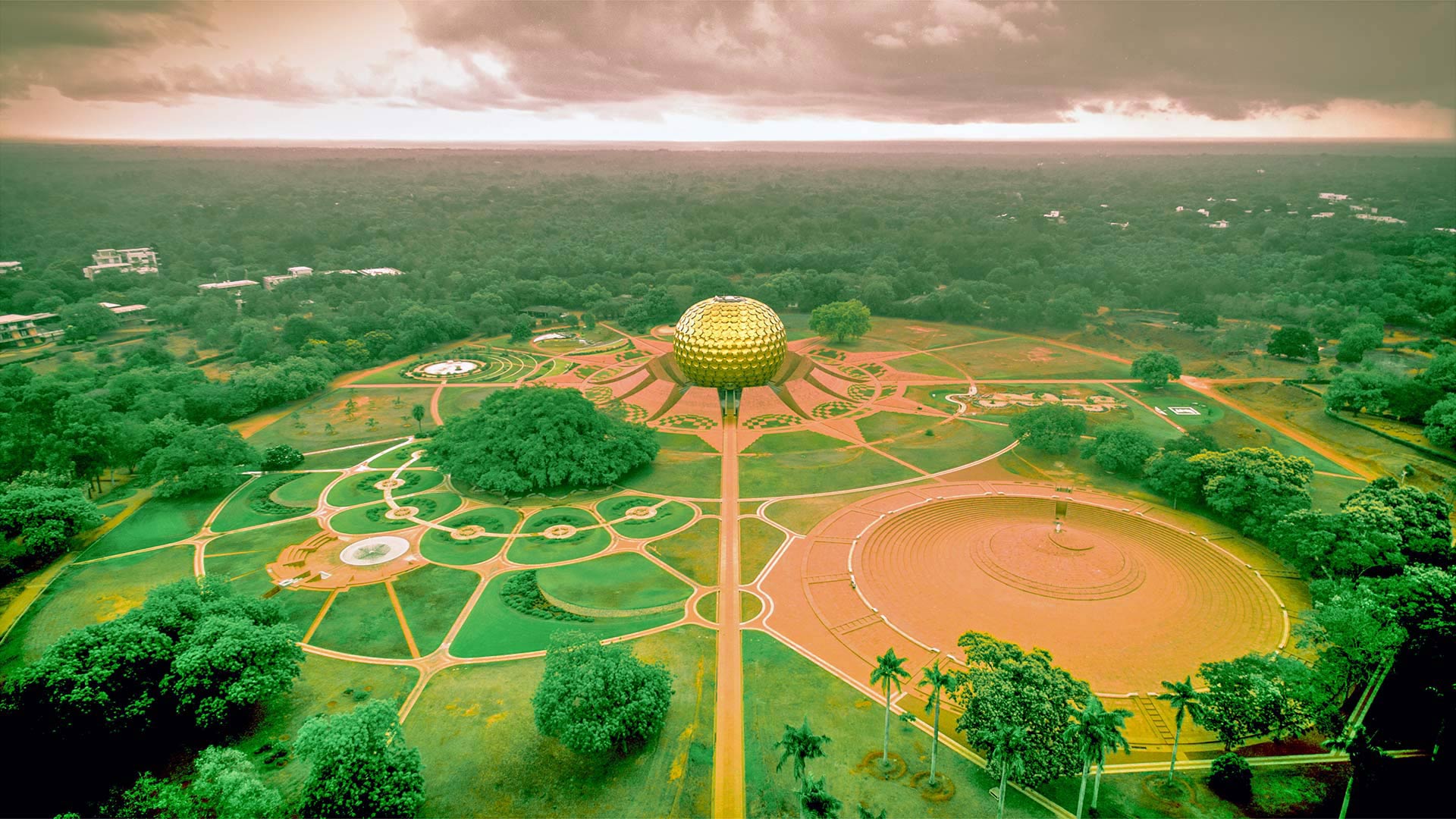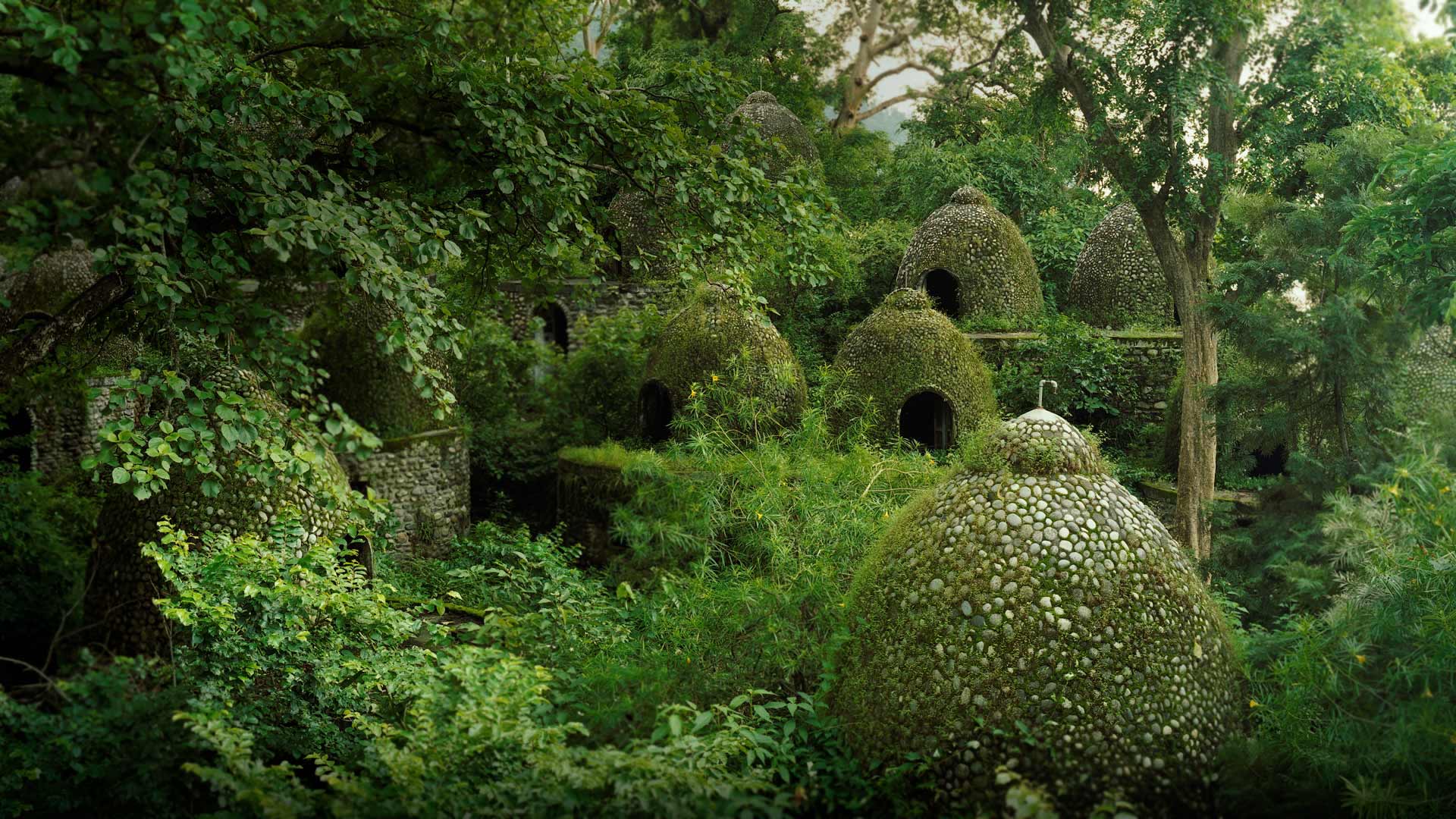马哈拉施特拉邦的Varandha Ghat,印度 Varandha Ghat in Maharashtra, India (© AmitRane1975/iStock/Getty Images Plus)
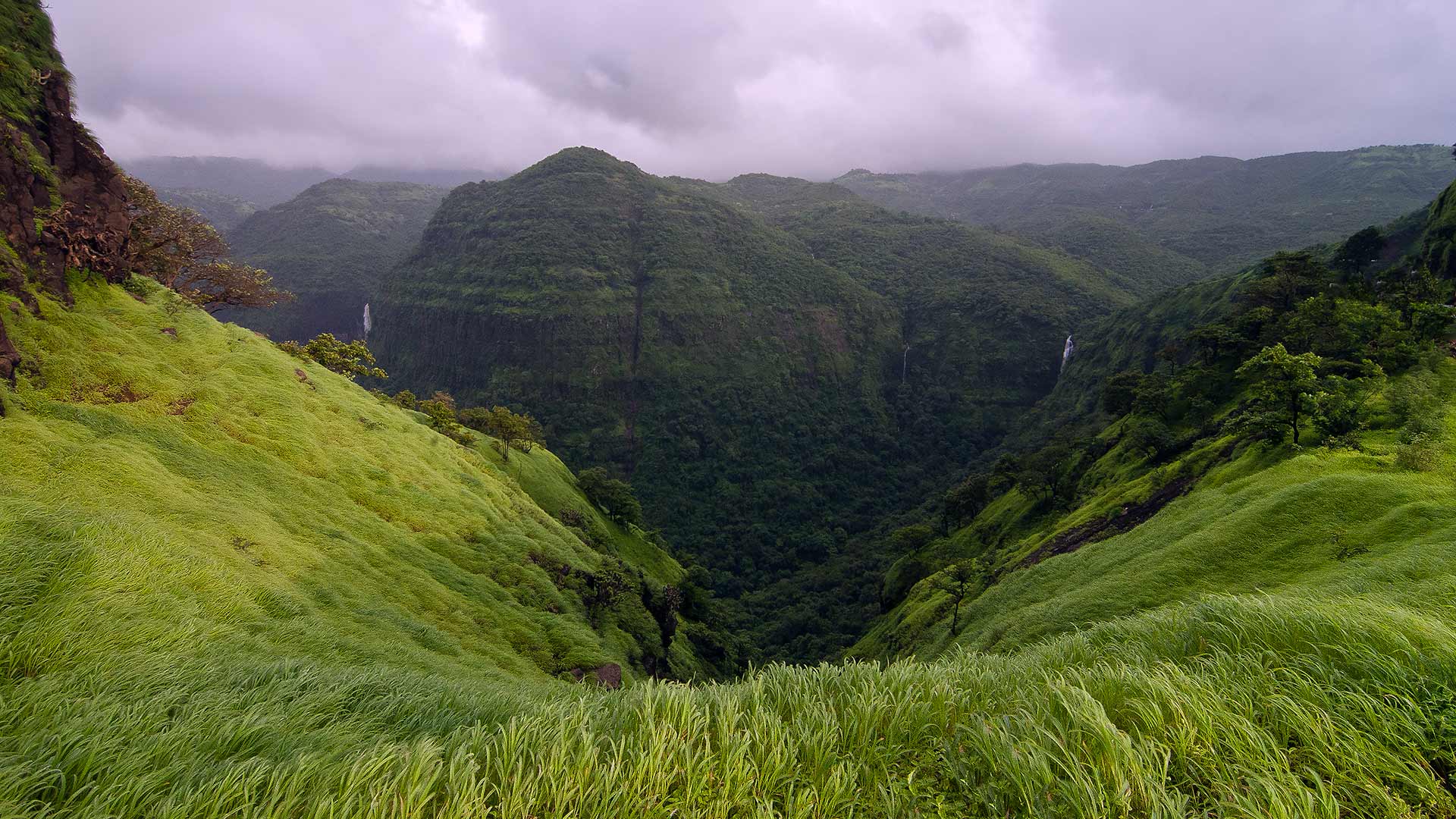
马哈拉施特拉邦的Varandha Ghat,印度 Varandha Ghat in Maharashtra, India (© AmitRane1975/iStock/Getty Images Plus)
50 shades of green…
Foggy roads and high altitude - do these send an adrenaline rush through your body? Well, then head to Varandha Ghat to experience some more. A mountain passage located between NH4 and Konkan in Maharashtra, India, is an ideal place for nature lovers and adrenaline junkies. The lush green mountains, scenic waterfalls, and lakes make this place a good tourist attraction. The best time to visit is monsoon season.
50种绿色…
雾天的道路和高海拔-这些会让你的身体产生肾上腺素吗?好吧,那就去瓦兰达高特体验一下吧。位于印度马哈拉施特拉邦NH4和孔坎之间的一条山路,是热爱大自然和肾上腺素上瘾者的理想去处。郁郁葱葱的青山、风景秀丽的瀑布和湖泊使这个地方成为一个很好的旅游景点。游览的最佳时间是季风季节。
托塞加尔瀑布,印度马哈拉施特拉邦 Thoseghar Waterfalls in Maharashtra, India (© Sonali Kumar/iStock/Getty Images Plus)
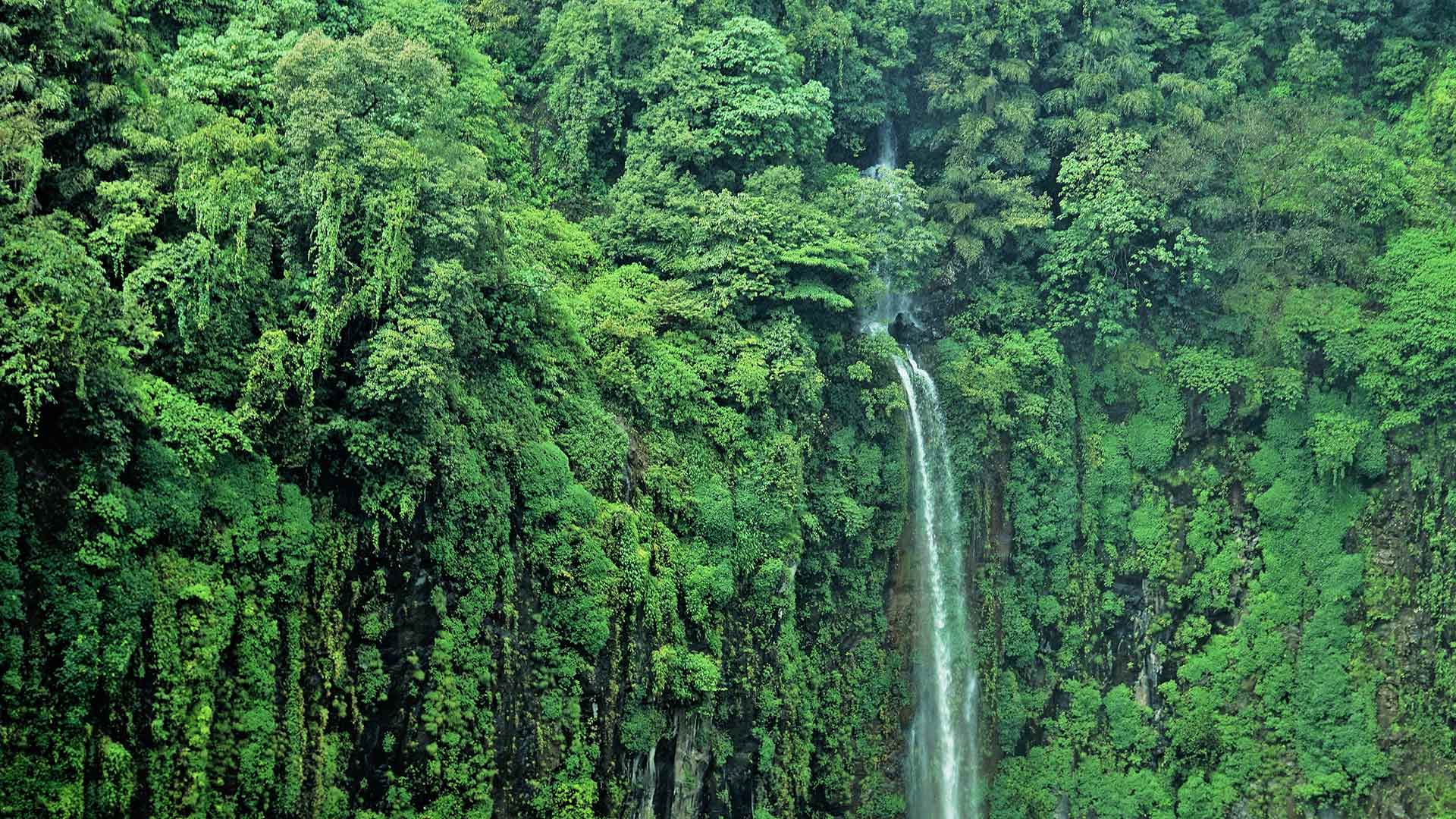
托塞加尔瀑布,印度马哈拉施特拉邦 Thoseghar Waterfalls in Maharashtra, India (© Sonali Kumar/iStock/Getty Images Plus)
The roaring waterfalls…
Situated at the edge of the Konkan region in Maharashtra, India, the waterfall is formed of many small streams flowing from Panchgani and Mahabaleshwar and a series of other waterfalls that sprout up during the monsoon season. The sight of the waterfall is magical! You get to see the water swishing over the rocks joyfully. It thunders down into a pool like a gigantic waterspout, making a roaring sound. Needless to say, the place is rich in flora and fauna and you can see the species of exotic and local birds that you would have never seen before.
Another reason for featuring this beautiful waterfall today is that we are celebrating Maharashtra Day. On this day in 1960, Maharashtra gained statehood after the division from the Bombay State.
咆哮的瀑布…
瀑布位于印度马哈拉施特拉邦孔坎地区的边缘,由潘奇加尼和马哈巴利什瓦尔的许多小溪和一系列其他瀑布组成,这些瀑布在季风季节萌生。瀑布的景色真神奇!你可以看到水在岩石上欢快地晃动。它像一个巨大的水龙卷一样,雷鸣般地落到一个池塘里,发出轰鸣的声音。不用说,这里有丰富的动植物群,你可以看到你从未见过的外来鸟类和本地鸟类。
另一个原因是我们今天要庆祝马哈拉施特拉邦日。1960年的这一天,马哈拉施特拉邦在脱离孟买州之后获得了国家地位。
Sindhudurg堡(信德古德堡), 印度马哈拉施特拉邦 Sindhudurg Fort, Maharashtra, India (© MovingMaratha/Alamy)
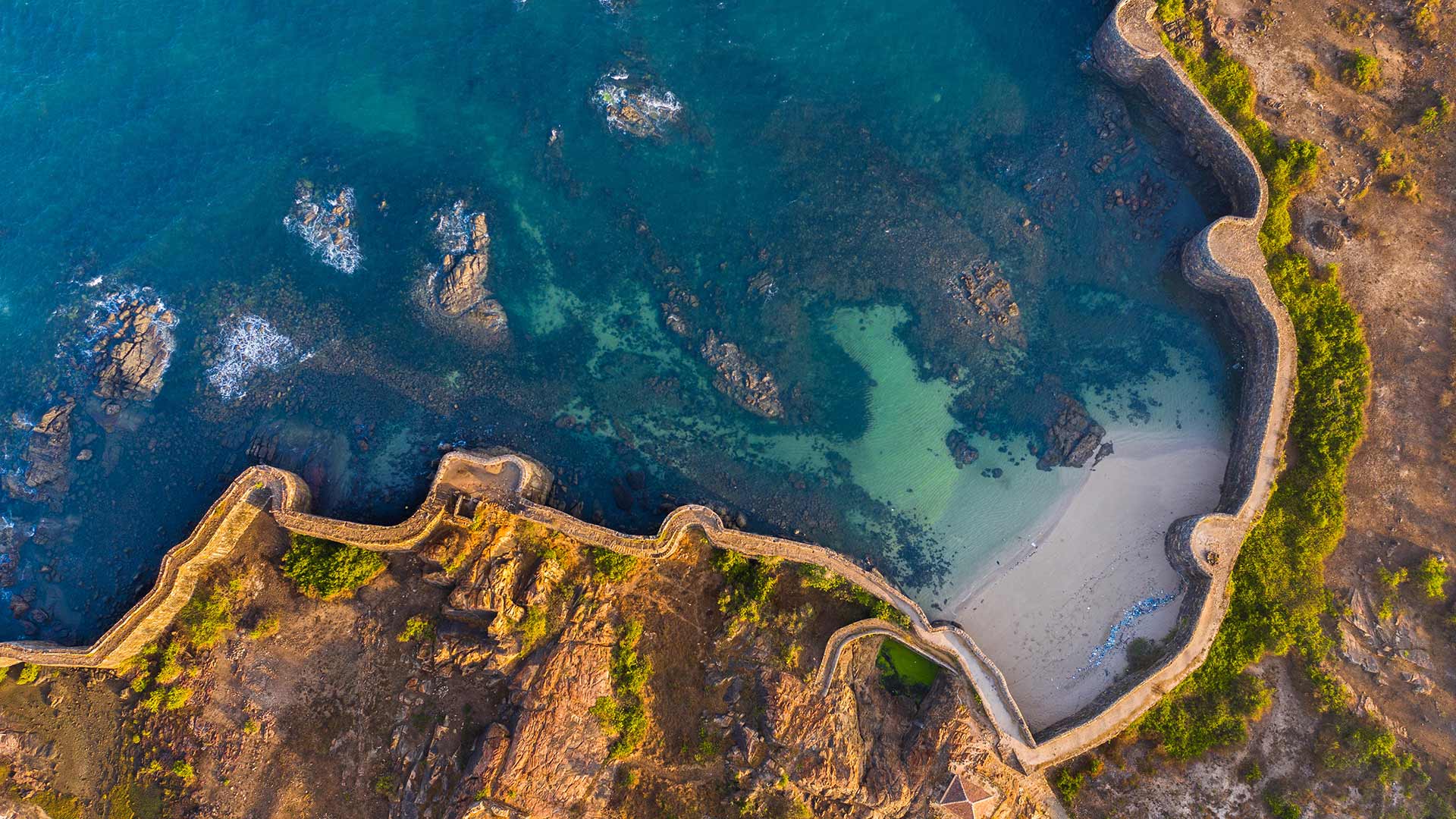
Sindhudurg堡(信德古德堡), 印度马哈拉施特拉邦 Sindhudurg Fort, Maharashtra, India (© MovingMaratha/Alamy)
A historical fort
Sindhudurg Fort is a historical fort that occupies an island in the Arabian Sea, just off the coast of Maharashtra in Western India. The fort was built by chhatrapati Shivaji Maharaj . The fortress lies on the shore of Malvan town of Sindhudurg District in the Konkan region of Maharashtra. It is a protected monument.
历史要塞
信德古德堡(Sindhudurg Fort)是一座历史悠久的要塞,坐落在阿拉伯海的一个岛屿上,就在印度西部马哈拉施特拉邦的海岸附近。 堡垒由贾特拉帕蒂·希瓦吉·马哈拉杰(Chhatrapati Shivaji Maharaj)建造。 这座堡垒位于马哈拉施特拉邦康坎地区信德堡区马尔万镇的岸边。它是一座受保护的纪念碑。
雾气环绕的森林,喀拉拉邦慕那尔市,印度 (© Ahammed Riswan/EyeEm/Getty Images)
Bhagsu的热带瀑布,印度喜马偕尔邦 (© f9photos/iStock/Getty Images Plus)
斋浦尔琥珀堡附近当地妇女正在爬阶梯井,印度拉贾斯坦邦 Local women climbing a stepwell near Amber Fort in Jaipur, Rajasthan, India (© Shanna Baker/Offset)
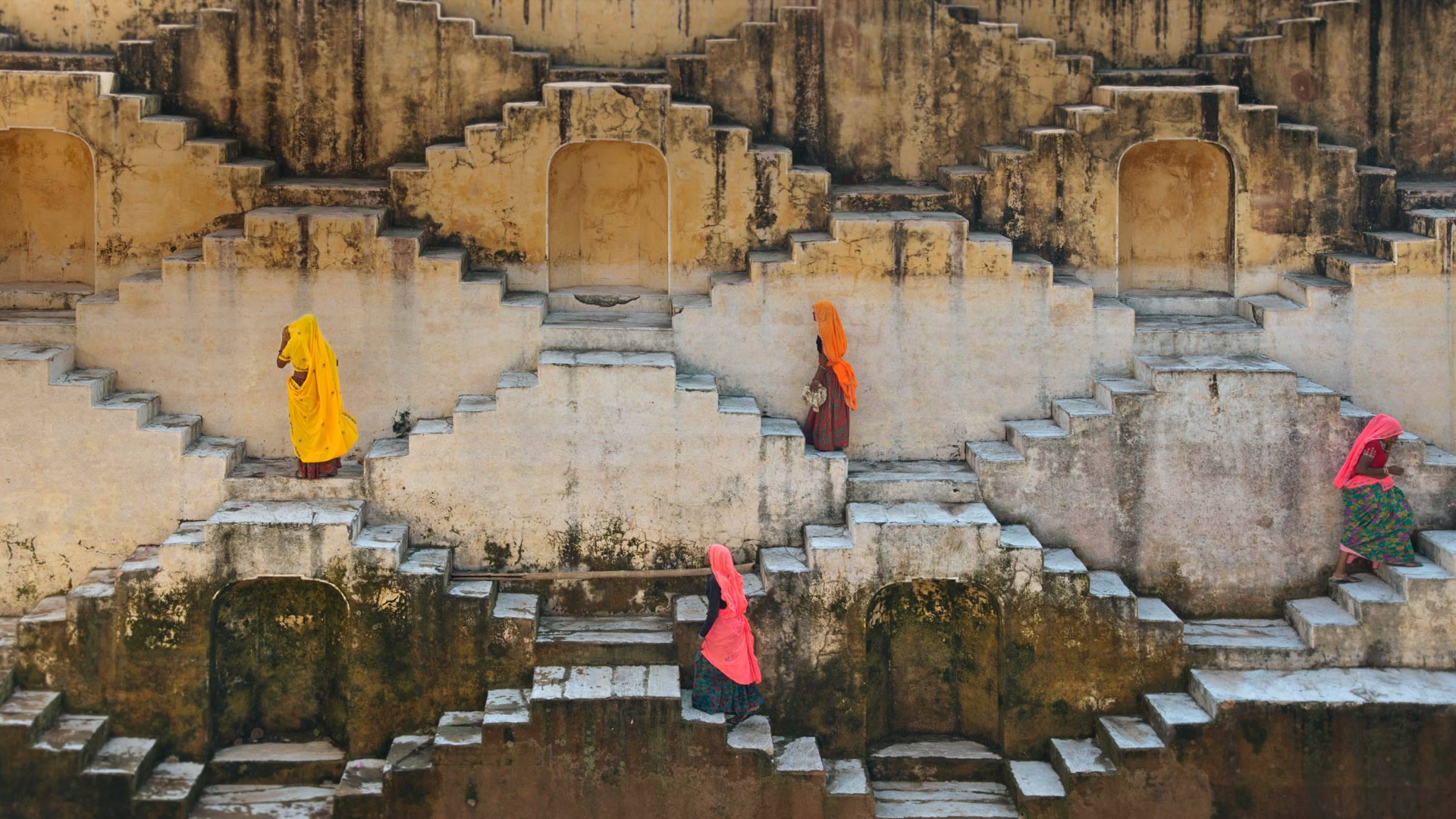
斋浦尔琥珀堡附近当地妇女正在爬阶梯井,印度拉贾斯坦邦 Local women climbing a stepwell near Amber Fort in Jaipur, Rajasthan, India (© Shanna Baker/Offset)
Celebrating World Water Day
The stepwell that these women are climbing is an apt image to mark World Water Day. Stepwells originated in western India over a thousand years ago as way for locals in that arid climate to easily and reliably access freshwater—even during the driest months. The Panna Meena Ka Kund stepwell in Jaipur is a classic example of the beautiful, regular, geometric architecture used to produce these useful public works. Most stepwells also feature shaded side chambers where locals (primarily women) can gather to escape the heat of the day.
In this image, one can see obvious signs of previous high-water marks on the well's walls as seasonal fluctuations and the changing climate affect water levels throughout the region. The impact of climate change on freshwater accessibility is the theme that the United Nations has chosen for this year's World Water Day. The goal of today's observance is to focus attention and energy not just on those problems, but on potential solutions as well.
喜马拉雅山脉的钱德拉塔尔湖,印度 (© f9photos/Getty Images Plus)
印度活根桥 Living root bridge in India (© dhritipurna/Shutterstock)
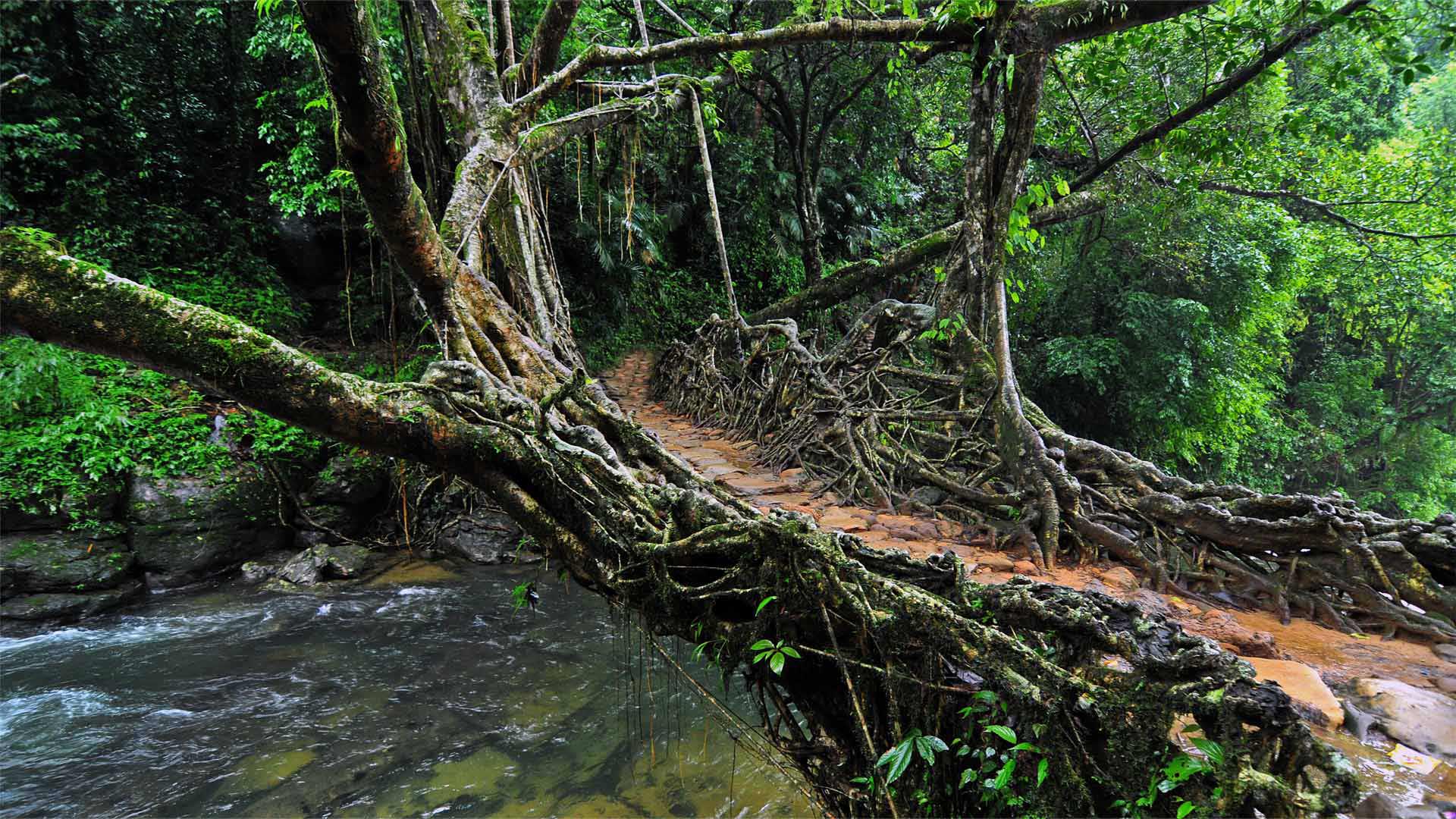
印度活根桥 Living root bridge in India (© dhritipurna/Shutterstock)
The roots of invention
Living root bridges like this can be found in the tropical rainforests of Meghalaya, a state in northeast India, which is among the wettest places on Earth. The gentle waterways that flow through the region's valleys become gushing torrents during the summer monsoon season and will wash away traditional bamboo bridges. So, generations of indigenous Khasi people have devised a way of building root bridges by shaping living trees.
It works like this: Rubber fig trees are planted or located on opposite riverbanks. As the trees' above-ground roots grow, the Khasi will guide them across the water, sometimes with the support of temporary scaffolding, like bamboo. After years of patient tending, the roots will eventually join and take hold of each other, forming a living suspension bridge that provides safe passage over the swollen rivers. The innovation has proved critical to the Khasi people. In this environment, bridges made from harvested materials would quickly rot and fall apart, leaving villages cut off and isolated. Building a living root bridge requires patience, though. It takes about 15 to 30 years to grow one sturdy enough to support humans. But investment pays off. As these bridges age, they get stronger. Some are 100 feet long and can hold over 50 people.
